Home>Interior Design>What Are The Different Interior Design Styles
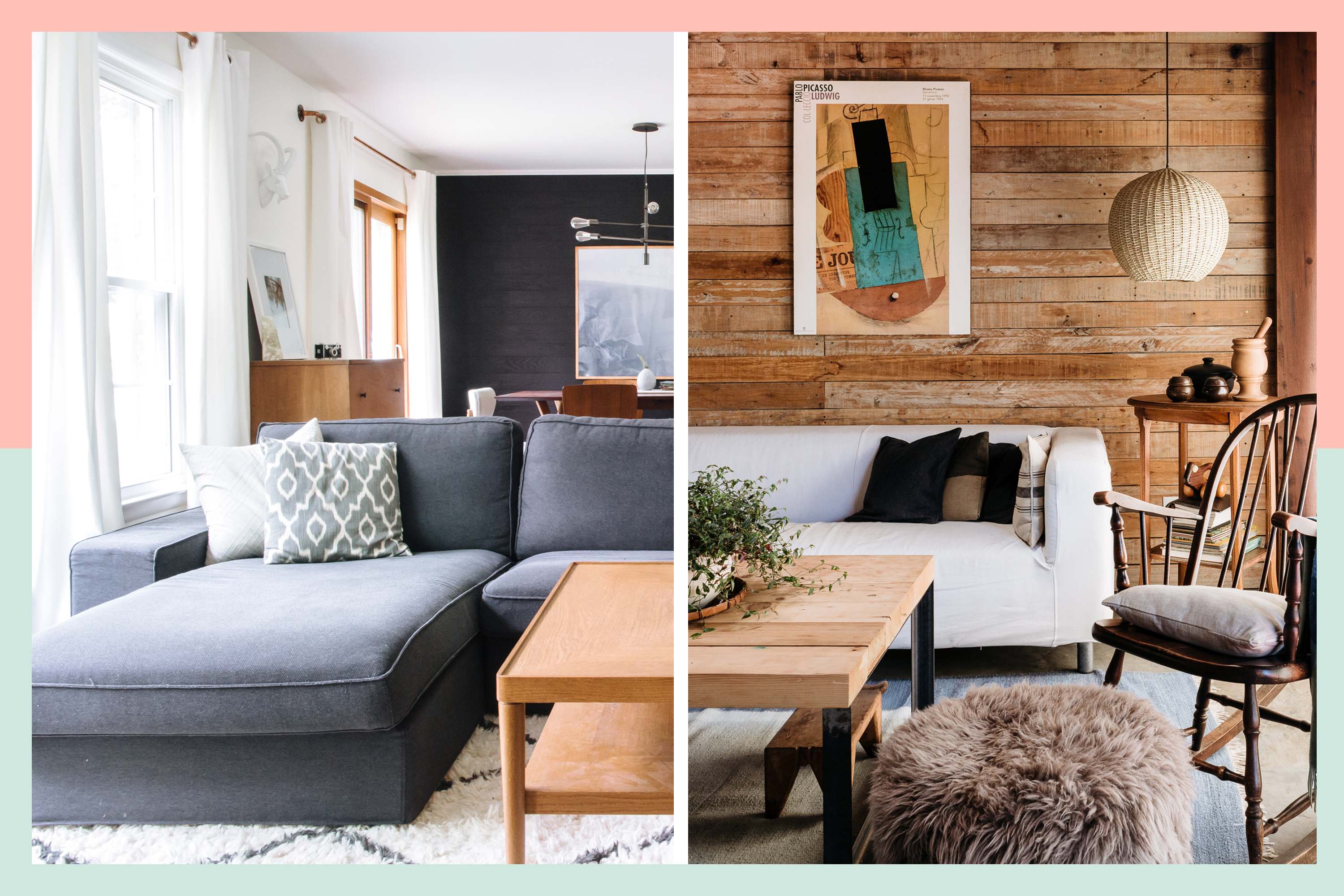

Interior Design
What Are The Different Interior Design Styles
Modified: January 9, 2024
Discover the various interior design styles and find inspiration for your home. From modern and minimalist to traditional and eclectic, explore the world of interior design.
(Many of the links in this article redirect to a specific reviewed product. Your purchase of these products through affiliate links helps to generate commission for Storables.com, at no extra cost. Learn more)
Introduction
When it comes to creating a beautiful and functional living space, interior design plays a crucial role. It is the art of transforming a plain and ordinary room into a stunning and inviting environment that reflects your personality and style. With a myriad of interior design styles to choose from, you have the freedom to create a space that is truly unique and tailored to your preferences.
In this article, we will explore some of the most popular interior design styles and provide insights into their defining characteristics. Whether you prefer the sleek and minimalist aesthetics of modern design or the cozy and rustic charm of farmhouse style, there is an interior design style out there that will resonate with your personal taste and lifestyle.
Each design style has its own distinct elements, color palettes, furniture choices, and overall ambiance. By understanding the different styles and their features, you can make informed decisions when it comes to decorating your home. So, let’s dive into the world of interior design and discover the various styles that can transform your space into a true reflection of your individuality.
Key Takeaways:
- Embrace your creativity and let your imagination roam free as you explore the endless possibilities of interior design styles to create a space that truly reflects your individuality and personal taste.
- Whether you prefer sleek modern design or cozy farmhouse charm, interior design is a powerful tool to transform your living space into a beautiful and functional sanctuary that brings you joy and comfort.
Read more: What Interior Design Style Do I Like
Modern Interior Design Style
Modern interior design is characterized by its clean lines, minimalism, and a focus on function. This style emerged in the early 20th century and is often associated with the modernist movement. It embraces simplicity, sophistication, and a sense of openness.
In modern interior design, you’ll find a neutral color palette with pops of bold and vibrant hues as accents. White, black, and gray are commonly used as base colors, while colors like red, yellow, or blue are added to create visual interest. The use of natural materials such as wood, glass, and metal is prevalent in modern design.
The furniture in modern interiors is sleek and often features molded or geometric shapes. Sofas and chairs have clean and straight lines, while tables and cabinets have a minimalistic and functional design. The focus is on simplicity and functionality rather than ornate details.
In terms of lighting, modern design favors natural light, so large windows are common. Additionally, you’ll find recessed lighting, pendant lights, and track lighting that add a warm and inviting ambiance.
When it comes to decorating a modern space, less is more. It’s important to declutter and keep the space open and airy. A few carefully chosen accessories like abstract art, statement lighting fixtures, and textured rugs can add personality and visual interest without overwhelming the space.
Whether you live in a small apartment or a spacious home, modern interior design can create a sense of calm and sophistication. It embraces simplicity and functionality, making it a popular choice for those who appreciate clean lines and a clutter-free environment.
Contemporary Interior Design Style
Contemporary interior design is often confused with modern design, but there are key differences between the two. While modern design refers to a specific period in history, contemporary design is ever-evolving and reflects the current trends and styles of the present time.
Contemporary design is characterized by its fluidity and versatility. It often incorporates elements from different design styles, creating a unique and eclectic aesthetic. This style embraces innovation and experimentation, allowing for a blend of bold and traditional elements.
In terms of color palette, contemporary design embraces a wide range of hues. Neutral tones like white, gray, and beige are widely used as base colors, while bold and vibrant colors are incorporated through accessories and accent pieces. The focus is on creating a harmonious and balanced color scheme.
When it comes to furniture, contemporary design favors clean lines and simplicity. Furniture pieces often have sleek and smooth surfaces with minimal ornamentation. Materials like metal, glass, and leather are commonly used to add a touch of sophistication.
One of the defining features of contemporary design is the use of technology. You’ll find elements like smart home systems, innovative lighting fixtures, and cutting-edge appliances seamlessly integrated into the design.
Decorating a contemporary space involves creating a sense of harmony and balance. The use of textures, patterns, and asymmetrical arrangements can add visual interest and create a dynamic atmosphere. Large, abstract artworks, sculptural pieces, and unique accessories can serve as focal points in a contemporary interior.
Contemporary design is perfect for those who appreciate a mix of styles and enjoy staying up-to-date with the latest design trends. It allows for a flexible and personalized approach, giving you the freedom to create a space that reflects your individuality.
Minimalist Interior Design Style
Minimalism is a design style that focuses on simplicity, decluttering, and functionality. It embraces the mantra of “less is more,” stripping away unnecessary elements to create a clean and calming environment. Minimalist interior design celebrates the beauty of open space and minimalist forms.
In a minimalist space, the color palette is typically neutral, with shades of white, beige, gray, and black being dominant. This creates a serene and peaceful atmosphere that allows the eye to rest. By using a limited color palette, the focus is shifted to the architectural features and carefully curated furniture pieces.
When it comes to furniture, minimalist design favors clean lines and geometric shapes. Furniture pieces are often sleek, with a focus on straight edges and minimal ornamentation. Key pieces are thoughtfully chosen and serve a purpose, reducing clutter and maintaining a sense of order.
Storage is an integral part of minimalist design. Built-in storage solutions, hidden shelving, and concealed cabinets help to keep the space organized and free of visual distractions. This allows the beauty of simplicity to shine through and creates an uncluttered atmosphere.
Lighting in minimalist design is essential to create a bright and airy feel. Natural light is maximized through the use of large windows and minimal window treatments. Artificial lighting is often kept simple and unobtrusive, with recessed lighting and track lighting blending seamlessly into the space.
In terms of decoration, minimalist design embraces the concept of “less stuff, more meaning.” A few carefully selected and meaningful decor pieces like a piece of artwork or a well-placed plant can add a touch of personality and warmth to the space. However, it’s important to maintain a balanced and uncluttered aesthetic.
Minimalist interior design is perfect for those who appreciate simplicity, cleanliness, and a sense of calm. By embracing minimalism, you can create a space that promotes relaxation, enhances focus, and allows you to fully appreciate the beauty of your surroundings.
Industrial Interior Design Style
The industrial interior design style draws inspiration from factories and warehouses, showcasing unfinished and raw elements. It embraces the beauty of exposed brick walls, concrete floors, and open ceilings to create a unique and edgy aesthetic.
In industrial design, the color palette is often muted and neutral, with shades of gray, brown, and black dominating the space. The focus is on showcasing the natural textures of materials like metal, wood, and concrete.
Furniture in an industrial space is typically made from reclaimed or repurposed materials, such as distressed leather, worn-out wood, or metal. Pieces often have a vintage or weathered look, adding to the overall industrial vibe. Combining different textures and materials creates a visually interesting and eclectic atmosphere.
Lighting is an important aspect of industrial design, as it can help create a dramatic ambiance. Industrial-style lighting fixtures, such as pendant lights with exposed bulbs or vintage-inspired chandeliers, are commonly used to add a bold and statement-making touch to the space.
One of the key features of industrial design is the celebration of open space. Exposed structural elements like beams and ductwork are left bare, adding to the industrial charm. Open floor plans with an absence of walls help create a sense of unity and allow the flow of natural light.
Decorating an industrial space involves incorporating vintage or antique accessories, such as old signage, metal gears, or rusted machinery. These elements add character and tell a story, giving the space a unique and personalized touch. Incorporating plants and greenery can soften the industrial aesthetic and bring a touch of nature into the space.
Industrial interior design is perfect for those who appreciate the beauty of imperfections and enjoy the raw and rugged charm of urban environments. By embracing industrial elements, you can create a space that is both visually striking and functional, reflecting a sense of history and authenticity.
Scandinavian Interior Design Style
Scandinavian interior design originates from the Nordic countries, which are known for their long winters and minimalistic approach to design. This style is characterized by its simplicity, functionality, and emphasis on natural light and materials.
In Scandinavian design, the color palette is typically light and muted, with white, light gray, and pastel shades being popular choices. These colors help create a bright and airy atmosphere, making the most of the limited daylight during the winter months.
Furniture in Scandinavian interiors is known for its clean lines, organic shapes, and functionality. Pieces are often made from natural materials like wood, such as oak or pine, and feature light-colored upholstery. The focus is on simplicity and comfort, with a blend of form and function.
Scandinavian design places a strong emphasis on natural light, as it is a precious resource in the region. Large windows are common, allowing plenty of sunlight to flood the space. Window treatments, if used, tend to be minimal and lightweight to maximize the amount of natural light entering the room.
When it comes to decoration in Scandinavian style, less is more. The interiors are often uncluttered, with a few carefully chosen accessories and artwork. These may include elements of nature, such as plants or botanical prints, to bring a touch of the outdoors inside.
Textiles play an important role in Scandinavian design, adding warmth and texture to the space. Soft and cozy materials like sheepskin rugs, wool throws, and knitted cushions are commonly used to create a welcoming and comfortable atmosphere.
In summary, Scandinavian interior design evokes a sense of calm, simplicity, and functionality. It embraces the beauty of natural light and materials, creating spaces that are inviting and harmonious. This style is perfect for those who appreciate clean lines, minimalism, and a cozy atmosphere.
Traditional Interior Design Style
Traditional interior design takes inspiration from classic and timeless aesthetics. It is a style that exudes elegance, sophistication, and a sense of history. With its roots in European decor, traditional design captures the essence of formal and grand spaces.
One of the key characteristics of traditional design is the use of rich and warm colors. Deep hues like burgundy, navy, and gold are often seen on walls and upholstery, creating a sense of luxury. Earth tones and neutrals serve as a backdrop to highlight the bolder accent colors.
Furniture in traditional interiors is ornate and often showcases intricate details like carvings and moldings. Pieces are typically made from dark woods, such as mahogany or cherry, and are adorned with fabrics like silk, damask, or velvet. Curved lines and elegant silhouettes add to the overall grandeur.
Traditional design places a strong emphasis on symmetry and balance. Furniture and decor items are often arranged in pairs or across from each other to create a sense of harmony. Formal window treatments, such as heavy drapes with valances or cornices, add to the regal and opulent feel.
Lighting in traditional design is often soft and warm, using chandeliers, sconces, and table lamps to create a cozy and inviting ambiance. The aim is to create an intimate and comfortable setting that lends itself well to socializing and relaxation.
Decorating in a traditional style involves incorporating accessories that reflect elegance and history. Antique furniture, oil paintings, tapestries, and decorative vases are often used to add a touch of old-world charm. Persian rugs and ornate mirrors can also play a significant role in creating a timeless and sophisticated look.
Traditional interior design is perfect for those who appreciate the grandeur and elegance of bygone eras. It creates a sense of formality and timelessness, bringing a touch of sophistication to any space.
Transitional Interior Design Style
Transitional interior design is a blend of traditional and contemporary elements, creating a harmonious and balanced aesthetic. It offers a bridge between classic and modern styles, allowing for a cohesive and timeless look.
In terms of color palette, transitional design often incorporates neutral tones like beige, gray, and cream as a base. This creates a versatile backdrop that can be easily paired with pops of color or metallic accents. The focus is on creating a warm and inviting atmosphere.
Furniture in transitional interiors showcases a combination of classic and contemporary styles. Pieces have clean lines and simple shapes, with subtle ornamentation. Materials like wood, leather, and metal are commonly used to add a touch of sophistication.
Lighting in transitional design plays a significant role in creating a welcoming ambiance. Combining modern lighting fixtures with traditional details can help balance the space. Chandeliers, pendant lights, and wall sconces are often used to add a touch of elegance.
When it comes to decoration, transitional design embraces a mix of classic and modern accessories. The aim is to strike a balance between simplicity and sophistication. Statement artworks, decorative mirrors, and carefully curated collections can provide visual interest and serve as focal points.
Window treatments in transitional interiors are often straightforward and minimal. Sheer curtains or blinds allow for plenty of natural light while maintaining privacy. Adding layers with decorative curtains or valances can enhance the visual appeal and add a touch of elegance.
Transitional design is known for its emphasis on comfort and functionality. Cozy seating areas, plush textures like velvet or faux fur, and soft textiles create a warm and inviting atmosphere. This style encourages a relaxed and livable space without sacrificing style.
Transitional interior design is a perfect choice for those who appreciate the best of both worlds – the timeless charm of traditional design and the clean lines of contemporary style. It offers a versatile and flexible approach that can adapt to personal preferences and evolving trends.
When exploring different interior design styles, consider your personal preferences, the architectural style of your home, and the functionality of the space to help narrow down the options and make the best choice for your space.
Bohemian Interior Design Style
Bohemian interior design, often referred to as boho or boho-chic, is a style that embraces a free-spirited and eclectic aesthetic. It draws inspiration from various cultures and eras, creating a vibrant and unconventional look that celebrates individuality and creativity.
When it comes to color palette, bohemian design is all about bold and vibrant hues. Rich jewel tones like deep blues, vibrant greens, and fiery oranges are often used as accent colors. However, softer and earthy tones like terracotta, mustard, and rust can also be found, creating a warm and cozy atmosphere.
Furniture in bohemian interiors is often a mix of vintage, ethnic, and rustic pieces. Natural materials like rattan, wood, and wicker are commonly used, adding a touch of warmth and texture to the space. Comfort is a key factor, with cozy seating areas and floor cushions being popular choices.
Bohemian design embraces a relaxed and unstructured approach, with an emphasis on layering textiles and patterns. Mixing and matching different fabrics and textures is encouraged. Richly patterned rugs, embroidered throw pillows, and vibrant tapestries can add visual interest and create a cozy and inviting atmosphere.
Lighting plays a crucial role in bohemian design, creating a warm and mystical ambiance. Soft, warm lights like string lights, paper lanterns, and Moroccan-inspired lamps are often used to add a magical touch to the space. Natural light is also cherished, with sheer curtains or beaded door curtains allowing for a soft and filtered glow.
Bohemian interior design is known for its love of plants and greenery. Incorporating lush and trailing plants, such as ferns and ivy, can add a sense of life and freshness to the space. Macrame plant hangers or terrariums can also serve as quirky and artistic displays.
Decorating in a bohemian style encourages self-expression and personalization. Collections of quirky and meaningful objects gathered from travels or flea markets can be displayed as focal points. Artworks, dreamcatchers, and handmade crafts can also add to the bohemian ambiance.
Bohemian interior design is perfect for those who embrace an unconventional and artistic lifestyle. It allows you to mix and match styles, colors, and patterns in a way that reflects your unique personality. It’s about creating a space that feels free-spirited, relaxed, and filled with positive energy.
Read more: What Is Eclectic Style Interior Design
Mid-century Modern Interior Design Style
Mid-century modern interior design is a style inspired by the design aesthetics of the mid-20th century, particularly the 1950s and 1960s. It is characterized by clean lines, organic shapes, and a focus on functionality. Mid-century modern design creates a sense of nostalgia and captures the minimalist yet playful spirit of the post-war era.
The color palette in mid-century modern design is often vibrant and bold. Colors like mustard yellow, avocado green, and sputnik orange are popular choices. These hues add a pop of retro charm to the space while maintaining a cohesive and harmonious look.
The furniture in mid-century modern interiors features sleek and angular forms, often made from natural materials like wood, specifically teak and walnut. The emphasis is on simplicity and functionality, with pieces that are both visually appealing and comfortable. Iconic furniture designs such as Eames lounge chairs or Noguchi coffee tables are often found in mid-century modern spaces.
Lighting in mid-century modern design can serve as a statement piece. Sputnik chandeliers, tripod floor lamps, and pendant lights with geometric shades are popular choices. These fixtures add a touch of modernist charm while providing a warm and inviting glow.
Decorating in mid-century modern style involves using a mix of textures and patterns to create visual interest. Geometric shapes, abstract patterns, and bold prints can be found on textiles such as area rugs or throw pillows. The goal is to add a playful and retro touch to the space.
Mid-century modern design embraces the concept of open floor plans and the integration of indoor and outdoor spaces. Large windows and sliding glass doors allow for plenty of natural light to flood the space, blurring the boundaries between the interior and exterior.
Accessories in mid-century modern design are often minimalistic and functional. Unique art pieces, vintage clocks, and sculptural decor objects can serve as focal points, adding personality and charm to the space without overwhelming it.
Mid-century modern interior design is perfect for those who appreciate the timeless appeal of a bygone era. It combines form and function, with clean lines and simple silhouettes that stand the test of time. By incorporating mid-century modern elements, you can create a space that is both nostalgic and contemporary.
Mediterranean Interior Design Style
Mediterranean interior design draws inspiration from the coastal regions surrounding the Mediterranean Sea, including Greece, Italy, and Spain. This style reflects the relaxed and sun-drenched lifestyle of the Mediterranean, combining rustic elements with vibrant colors and natural textures.
The color palette in Mediterranean design often takes its cues from the Mediterranean landscape. Bright and warm colors like terracotta, ochre, and vibrant blues are commonly used. These hues evoke the colors of the sea, sky, and earth, creating a cheerful and inviting atmosphere.
Furniture in Mediterranean interiors is often made from natural materials like wood, such as oak or pine. Pieces have a rustic and weathered look, showcasing the natural texture and imperfections of the materials. Wrought iron accents and hand-painted tiles are also prominent features.
Lighting in Mediterranean design aims to replicate the warm and soft glow of the Mediterranean sun. Pendant lights and chandeliers with ornate details and colorful glass shades are commonly used. Natural light is encouraged, with open windows and flowing curtains to allow for air circulation and light to enter the space.
When it comes to decoration, Mediterranean interiors embrace a warm and inviting ambiance. Mixing textures like handwoven rugs, textured throw pillows, and draped fabrics can add depth and visual interest. Decorative elements like ceramics, pottery, and mosaic tiles bring a touch of artistry and craftsmanship.
Mediterranean design often emphasizes outdoor living, with an emphasis on courtyards, terraces, and balconies. Creating an outdoor seating area with comfortable furniture and lush plants allows for a seamless flow between indoor and outdoor spaces.
Accessories in Mediterranean design reflect the coastal and seaside setting. Seashells, blue and white ceramics, and woven baskets can be incorporated as decorative accents. Plants like olive trees or lavender add a touch of greenery and evoke the Mediterranean landscape.
Mediterranean interior design is perfect for those who appreciate a relaxed and casual atmosphere with a touch of elegance. With its vibrant colors, rustic elements, and natural textures, this style brings the warmth and charm of the Mediterranean into your home.
Farmhouse Interior Design Style
Farmhouse interior design is a style that takes inspiration from the rustic charm of rural farmhouses and country cottages. It embraces a cozy and welcoming atmosphere, combining traditional elements with modern comforts.
The color palette in farmhouse design is often warm and neutral. Soft whites, creamy beiges, and muted earth tones create a soothing and timeless backdrop. These colors reflect the simplicity and natural beauty of the countryside.
Furniture in farmhouse interiors is often made from solid wood with a distressed or weathered finish. Pieces are typically sturdy and functional, with a mix of vintage and new items. Comfort is a key factor, with soft upholstered seating and ample cushioning.
Lighting in farmhouse design aims to create a warm and inviting ambiance. Mixing different types of fixtures can add depth and character to the space. Chandeliers with a rustic or vintage aesthetic, pendant lights, and wall sconces can provide both task and ambient lighting.
Decorating in farmhouse style involves incorporating textures and patterns inspired by nature. Natural materials like reclaimed wood, stone, and burlap can be seen in furniture, decor, and textiles. Gingham, checkered, or floral patterns can add a touch of country charm.
Accessories in farmhouse design are often functional and practical. Vintage or antique items like mason jars, galvanized metal containers, and old farmhouse signs can be used for storage and decor. Fresh flowers and greenery, such as eucalyptus or lavender, can add a burst of color and fragrance.
Farmhouse design often incorporates elements of the outdoors. Barn doors, exposed beams, and shiplap walls can add a rustic and authentic touch. Additionally, farmhouse sink, an iconic feature, is often included in the kitchen.
Mixing old and new elements is a prominent characteristic of farmhouse design. Combining vintage and antique pieces with modern conveniences creates a harmonious balance between old-world charm and contemporary comfort.
Farmhouse interior design is perfect for those who appreciate a cozy and relaxed atmosphere with a touch of rustic elegance. Embracing the simplicity and charm of the countryside, this style creates a timeless and inviting space for both family gatherings and quiet moments of reflection.
Coastal Interior Design Style
Coastal interior design, also known as beach or nautical style, is inspired by the relaxed and breezy vibe of coastal living. It captures the essence of sun, sand, and sea, bringing a sense of tranquility and serenity into your home.
The color palette in coastal design is dominated by soothing and calming hues. Shades of blue, ranging from soft sky blue to deep navy, often take center stage. Accents of sandy beige, crisp white, and seafoam green complete the coastal look and create a fresh and airy atmosphere.
Furniture in coastal interiors is typically light and breezy. Wicker and rattan furniture add a touch of coastal charm, both indoors and outdoors. Upholstered pieces are often slipcovered in crisp white or neutral fabrics, reflecting the casual and relaxed nature of coastal living.
Lighting in coastal design focuses on maximizing natural light. Large windows, sheer curtains, or no window treatments at all allow for ample sunlight to fill the space. Table lamps and chandeliers with a casual and beachy vibe can complement the overall look.
Decorating in coastal style involves incorporating elements from the seashore and nature. Driftwood, seashells, and sea glass can be displayed as decorative accents. Nautical-inspired patterns like stripes and anchors can be seen on textiles such as throw pillows or rugs.
Accessories in coastal design reflect the beachy and relaxed aesthetic. Woven baskets, rope accents, and beach-themed artwork add to the coastal charm. Incorporating indoor plants like palm trees or succulents can bring a touch of tropical lushness into the space.
Coastal design often celebrates the connection between indoor and outdoor spaces. Sliding glass doors, large patios, and balconies can create a seamless transition from the inside to the outside. Outdoor furniture, such as lounges or dining sets, can be incorporated for a cohesive coastal look.
Coastal interior design is perfect for those who seek a soothing and laid-back atmosphere reminiscent of coastal living. It allows you to bring the serenity and beauty of the beach into your home, creating a retreat that feels like a year-round vacation.
Read more: What Are The Different Styles Of Table Legs?
Rustic Interior Design Style
Rustic interior design embraces the charm and simplicity of nature-inspired aesthetics. It celebrates the rugged beauty of natural materials and incorporates elements that evoke a sense of warmth and coziness. This style is often associated with cabin or countryside living.
The color palette in rustic design is earthy and warm, taking cues from nature. Tones of brown, beige, and deep greens create a harmonious and organic ambiance. Accents of warm reds or oranges can add a pop of color and create visual interest.
Rustic interiors feature furniture made from natural, unfinished materials like wood and stone. The furniture is often handcrafted, showcasing the beauty of the natural grain or texture. Distressed or reclaimed wood pieces add a sense of history and character to the space.
Lighting in rustic design adds a touch of warmth and coziness. Natural light is maximized through the use of large windows or skylights. For artificial lighting, warm and soft lighting fixtures like chandeliers, pendant lights with warm-colored shades, or lantern-style lamps are common choices.
Decorating in a rustic style involves incorporating elements from nature. Natural textures and materials like stone, exposed brick, or wooden beams can add a rustic touch to the space. Cozy and plush textiles like faux fur or woolen blankets can create a warm and inviting atmosphere.
Accessories in rustic design often reflect a rustic and primitive aesthetic. Handmade pottery, woven baskets, or wrought-iron accents can be incorporated as decorative elements. Vintage or antique items, such as old signs or farm tools, can add a sense of history and nostalgia.
Celebrating the connection between indoor and outdoor spaces is a key element of rustic design. Large windows, sliding glass doors, or French doors can bring the beauty of the natural surroundings inside. Patio seating areas or outdoor fireplaces further enhance the rustic charm.
Rustic interior design is perfect for those who appreciate the warmth and coziness of a rustic cabin or countryside retreat. By incorporating natural materials, textures, and earthy colors, you can create a space that feels inviting, grounded, and in tune with nature.
Eclectic Interior Design Style
Eclectic interior design is all about embracing individuality and creativity. It is a style that blends elements from different time periods, cultures, and design styles to create a unique and harmonious look. Eclectic design celebrates diversity, allowing you to mix and match different pieces to reflect your personal taste.
The color palette in eclectic design can vary widely, as it depends on the individual’s preferences and the mix of styles incorporated. Bold and vibrant hues can coexist with muted tones or neutral colors. The key is to find a balance that creates visual interest and cohesion.
Furniture in eclectic interiors can range from vintage and antique pieces to modern and contemporary designs. These pieces can come from different eras and styles, allowing for an eclectic mix. The overall aim is to create a harmonious and balanced composition.
Lighting in eclectic design can be diverse, featuring a mix of styles and types of fixtures. Chandeliers, pendant lights, and table lamps with unique shapes or ornate details can add character to the space. The key is to ensure that the lighting fixtures complement the overall eclectic composition.
Decorating in eclectic style involves layering different textures and patterns. Mixing textiles like velvet, silk, or cotton can add depth and richness. Incorporating patterns like geometric prints, floral motifs, or tribal designs can create visual interest and highlight individual pieces.
Accessories in eclectic design are essential for adding personality and showcasing varied interests. Collections of artwork, sculptures, or unique finds from travels can serve as focal points. Quirky and one-of-a-kind items like statement mirrors, vintage posters, or eclectic wall clocks can make striking statements.
Eclectic interior design embraces the idea of breaking rules and being unafraid to experiment. It allows you to showcase your own unique personality and style. By curating a collection of diverse and meaningful pieces, you can create a space that reflects your individuality and tells your story.
Eclectic interior design is perfect for those who appreciate boldness, creativity, and the freedom to mix and match styles. It allows you to break away from conventions and create a space that is truly one-of-a-kind.
Conclusion
Interior design is a powerful tool that allows us to transform our living spaces into reflections of our personality, style, and lifestyle preferences. With a wide range of design styles to choose from, there is something for everyone, whether you prefer the sleek and minimalistic aesthetics of modern design or the cozy and rustic charm of farmhouse style.
By understanding the defining characteristics of each design style, you can make informed decisions when it comes to decorating your home. Color palettes, furniture choices, lighting, and decorative elements all play a role in creating a cohesive and inviting space.
It’s important to remember that while following a specific design style can provide guidance and inspiration, there are no hard and fast rules. Interior design is a form of self-expression, allowing you to blend different styles, experiment with color and texture, and showcase your own unique personality.
Whether you prefer the clean lines and functionality of modern design, the elegance and sophistication of traditional style, or the laid-back and casual vibe of coastal design, the choice is ultimately yours. By infusing your space with elements that bring you joy and create a sense of comfort, you can truly make your house feel like a home.
So, embrace your creativity, take inspiration from the various design styles, and let your imagination roam free. The world of interior design is filled with endless possibilities, waiting for you to explore and create a space that is a reflection of your individuality and personal taste.
Remember, the ultimate goal of interior design is to create a space that brings you joy, comfort, and a sense of peace. Whether you prefer simplicity or maximalism, minimalism or eclecticism, find a style that resonates with you and enjoy the process of transforming your space into a beautiful and functional sanctuary.
Frequently Asked Questions about What Are The Different Interior Design Styles
Was this page helpful?
At Storables.com, we guarantee accurate and reliable information. Our content, validated by Expert Board Contributors, is crafted following stringent Editorial Policies. We're committed to providing you with well-researched, expert-backed insights for all your informational needs.
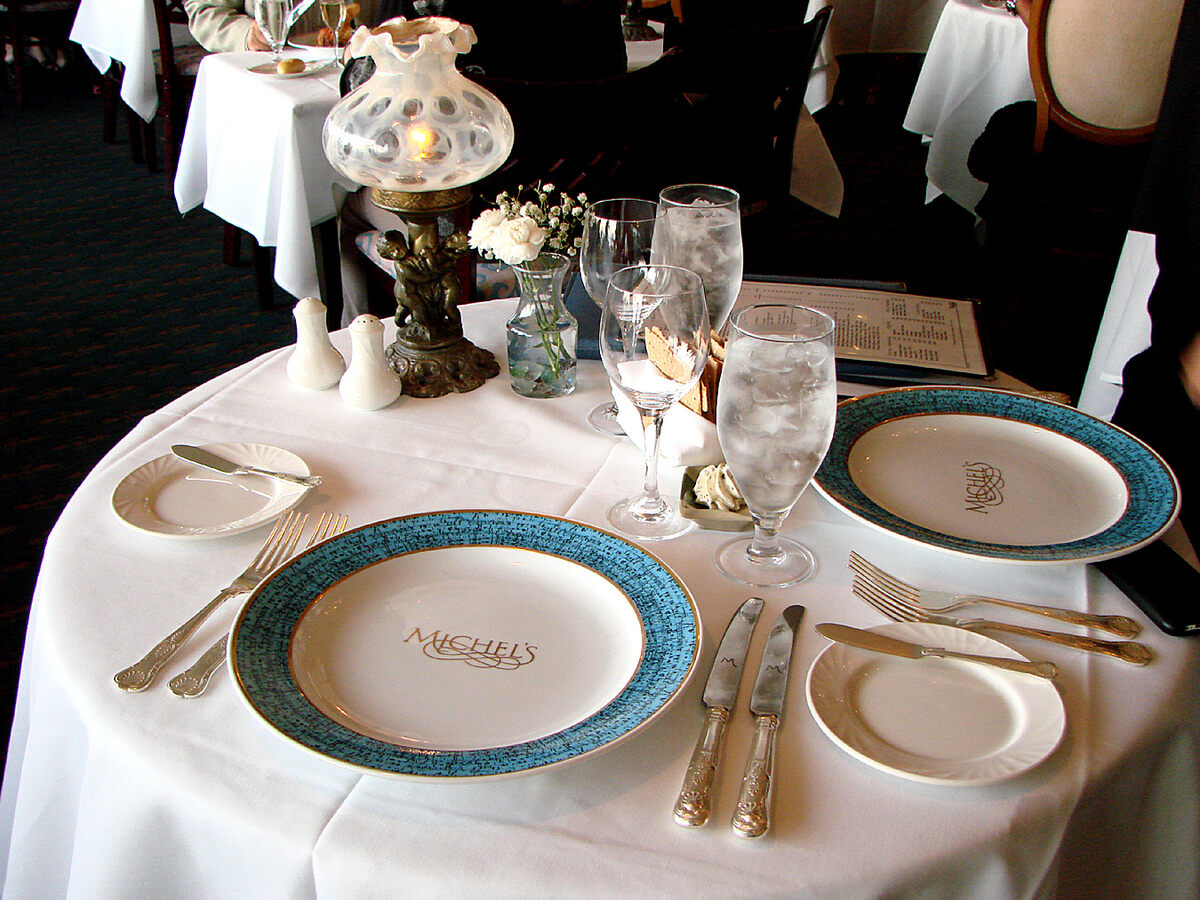
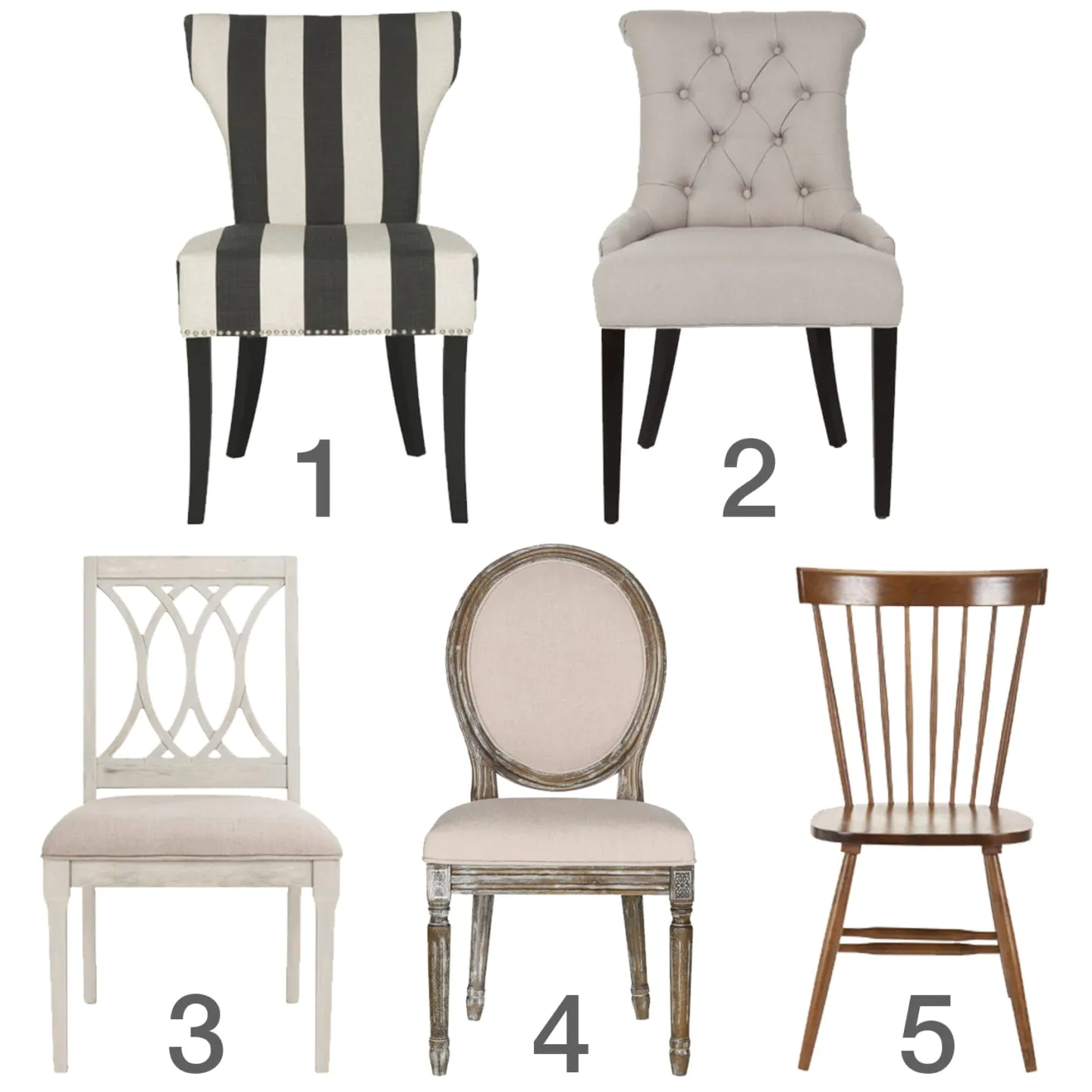
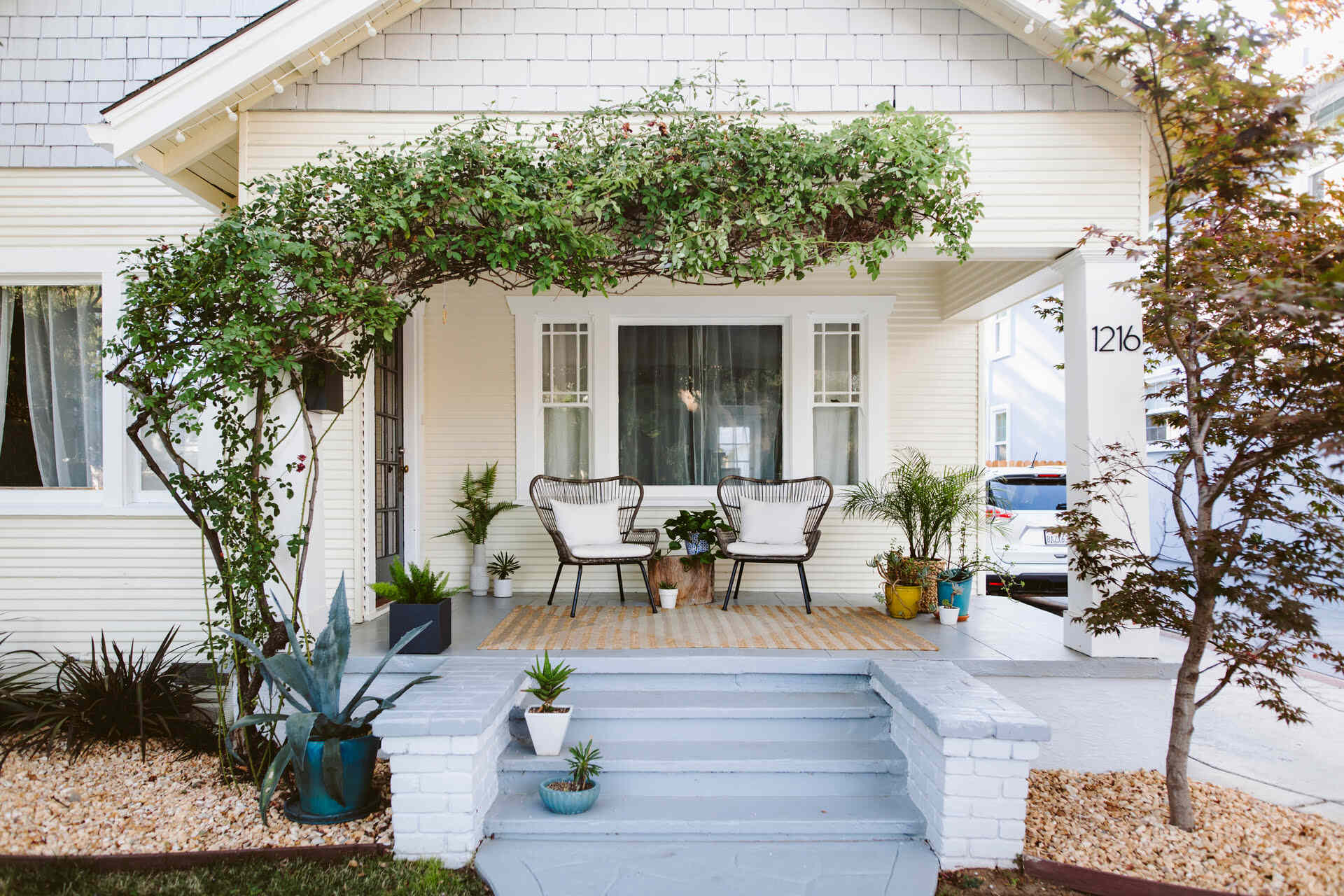
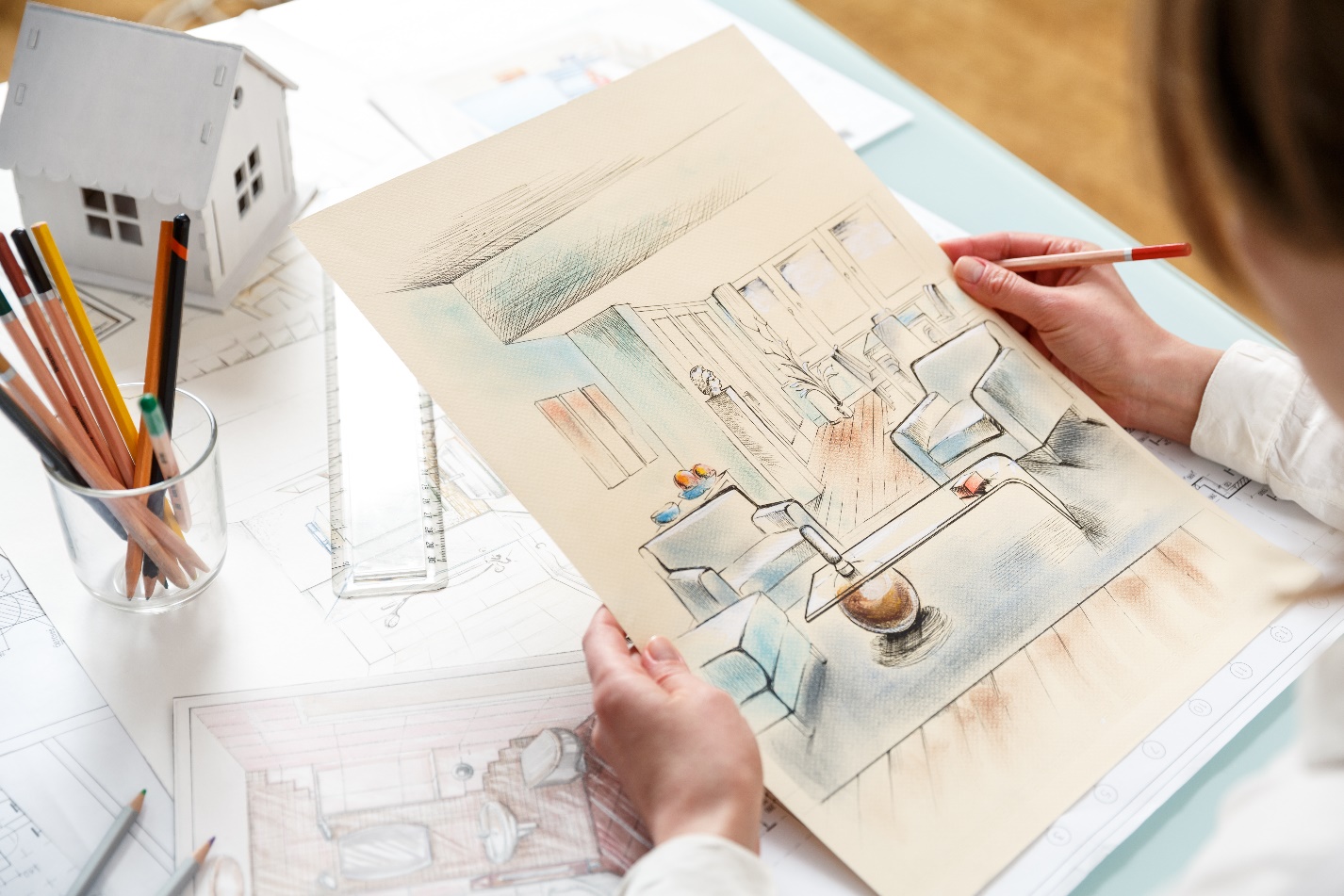
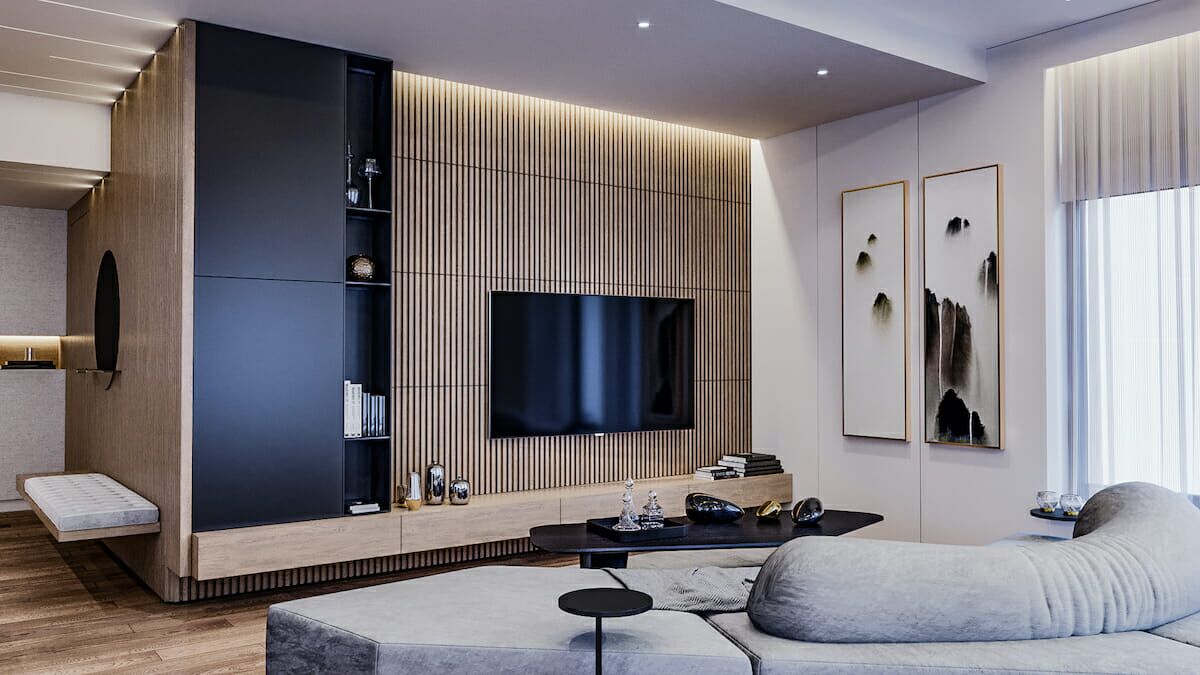
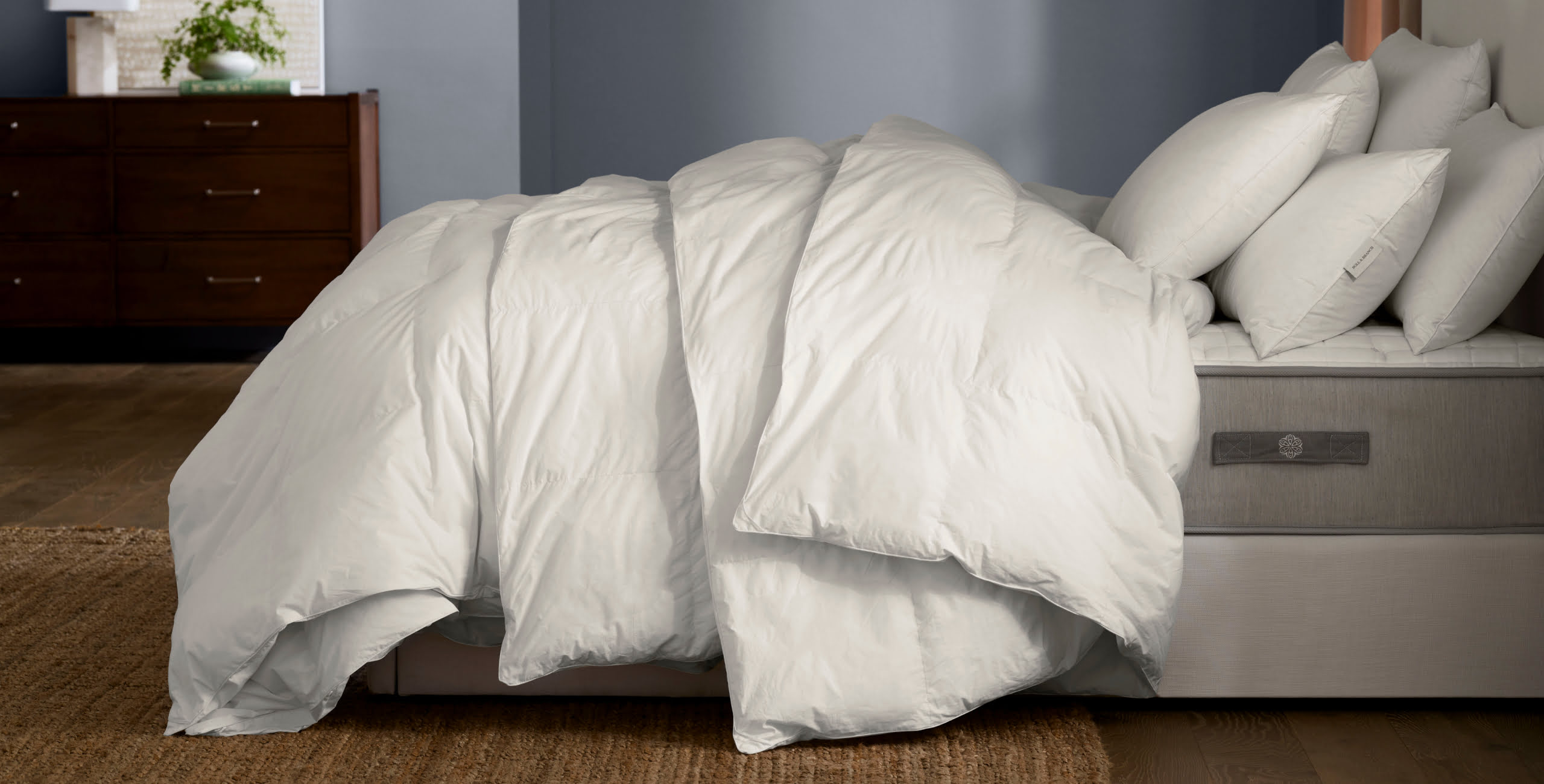
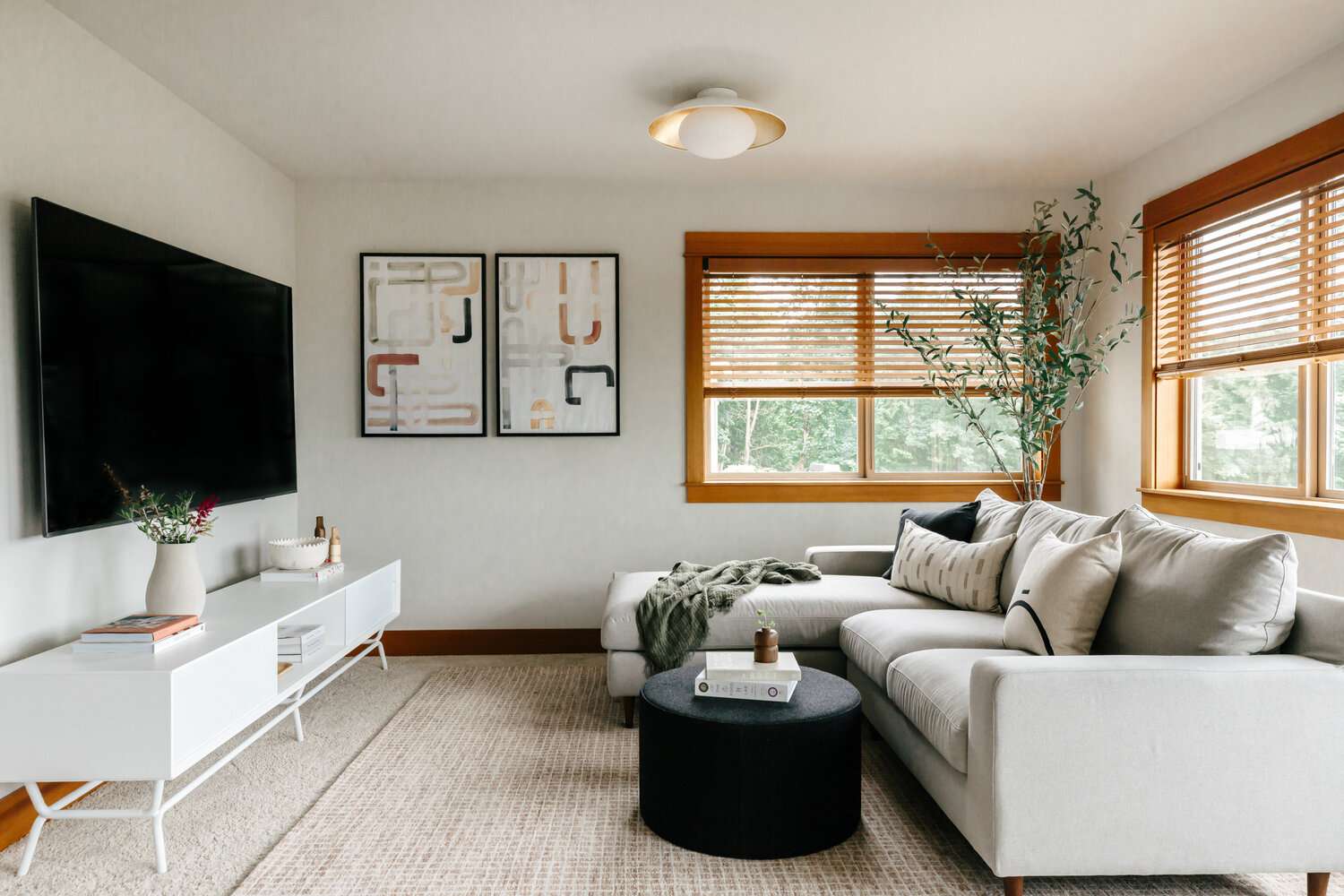
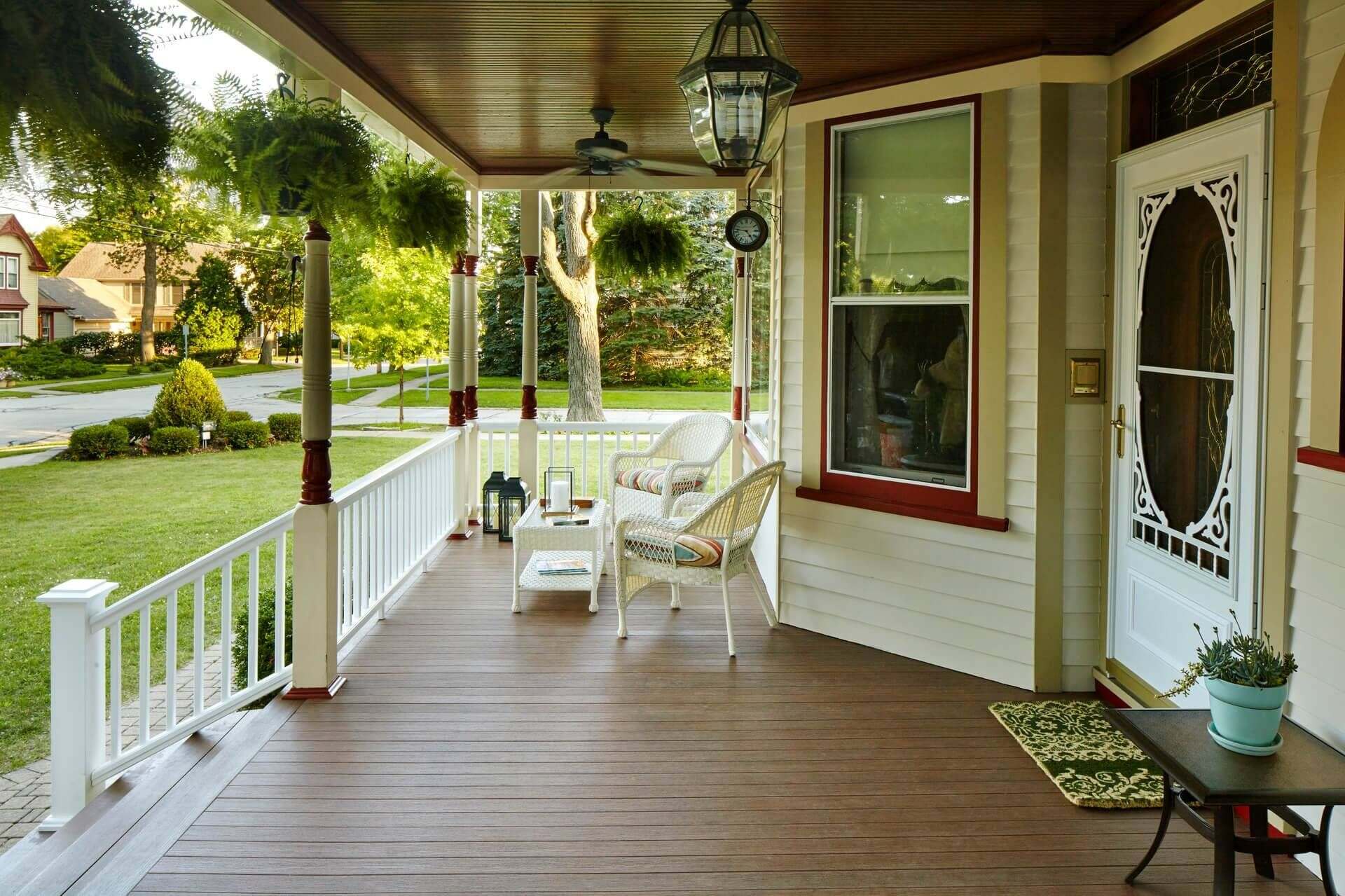
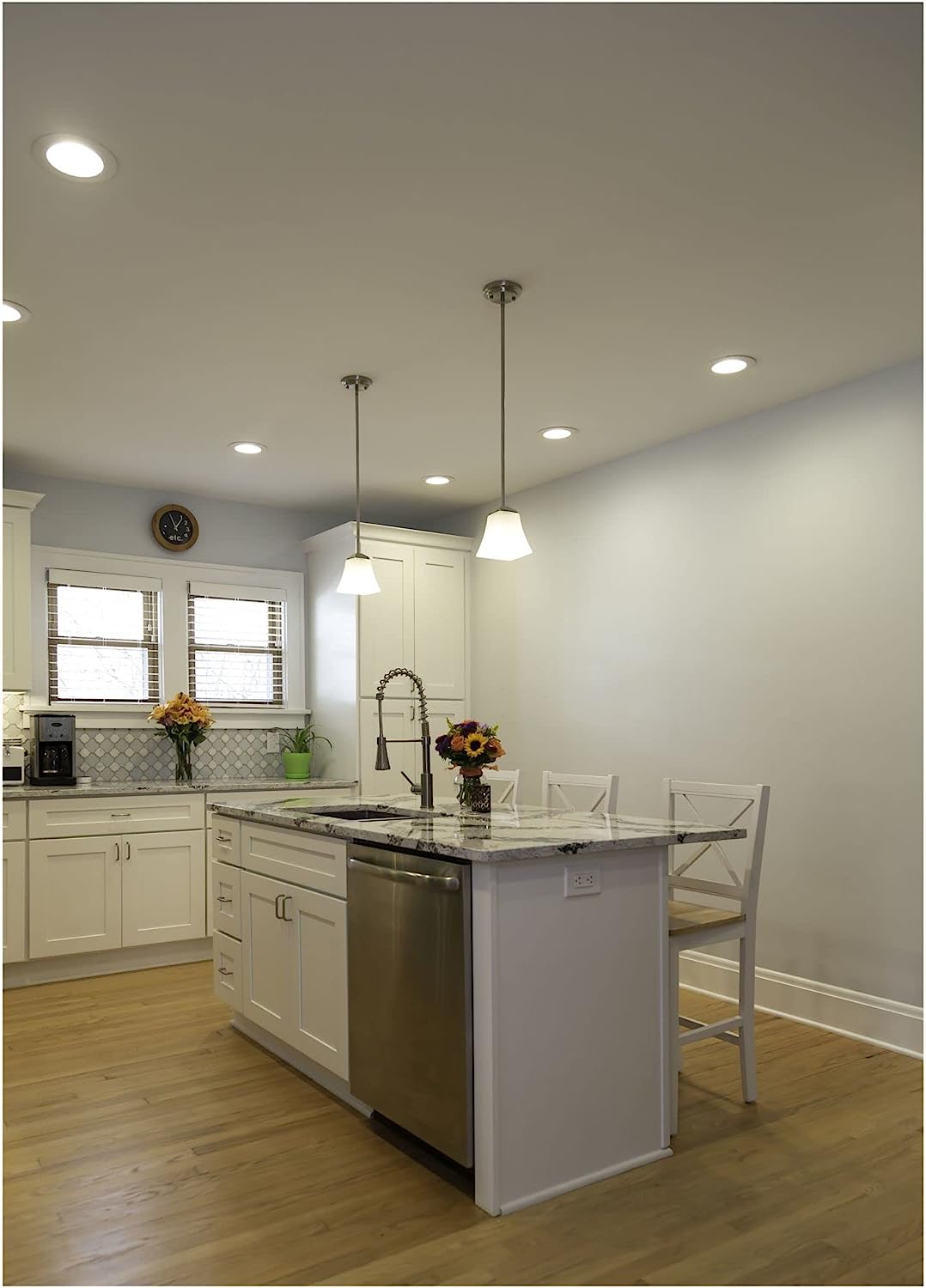

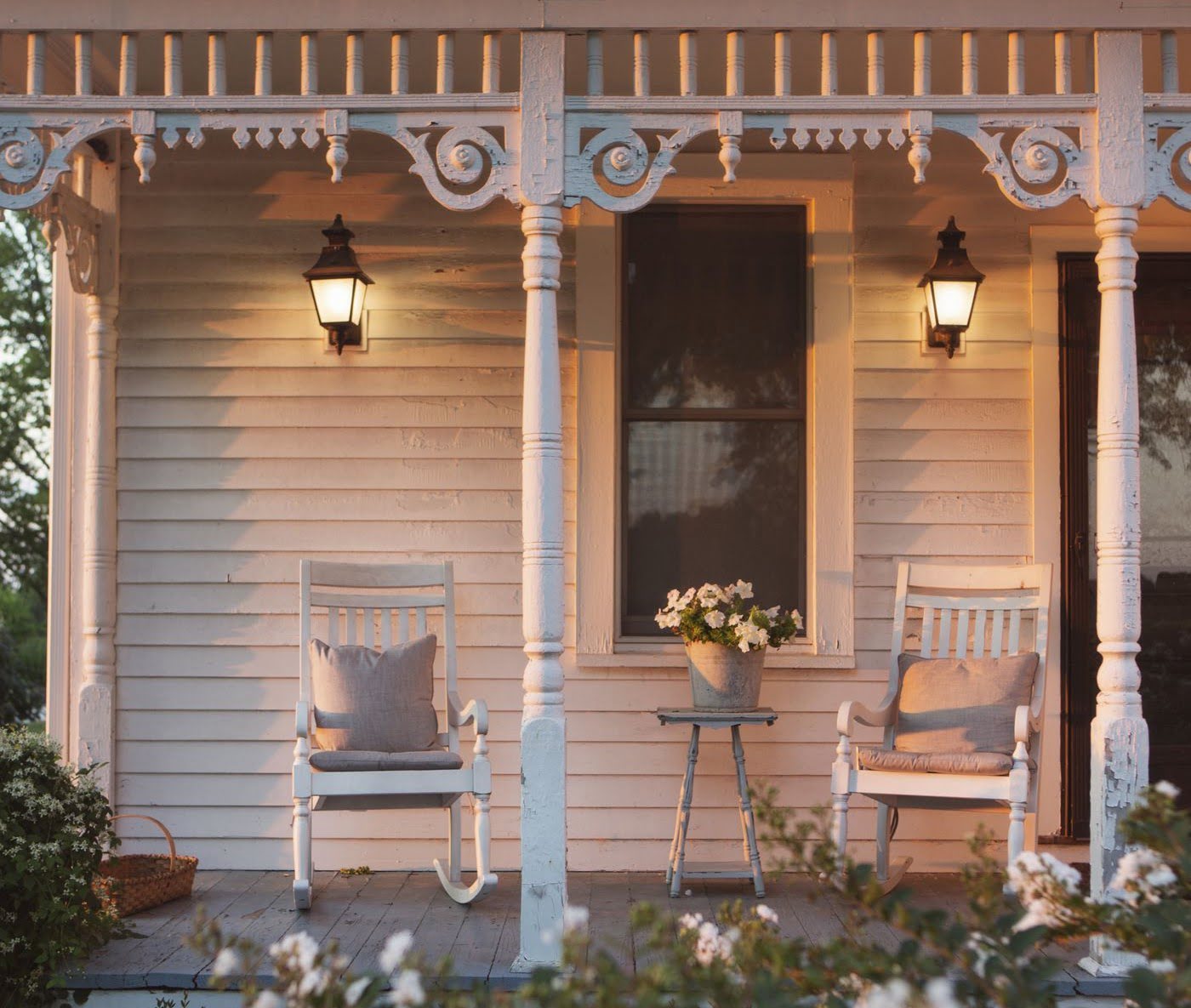
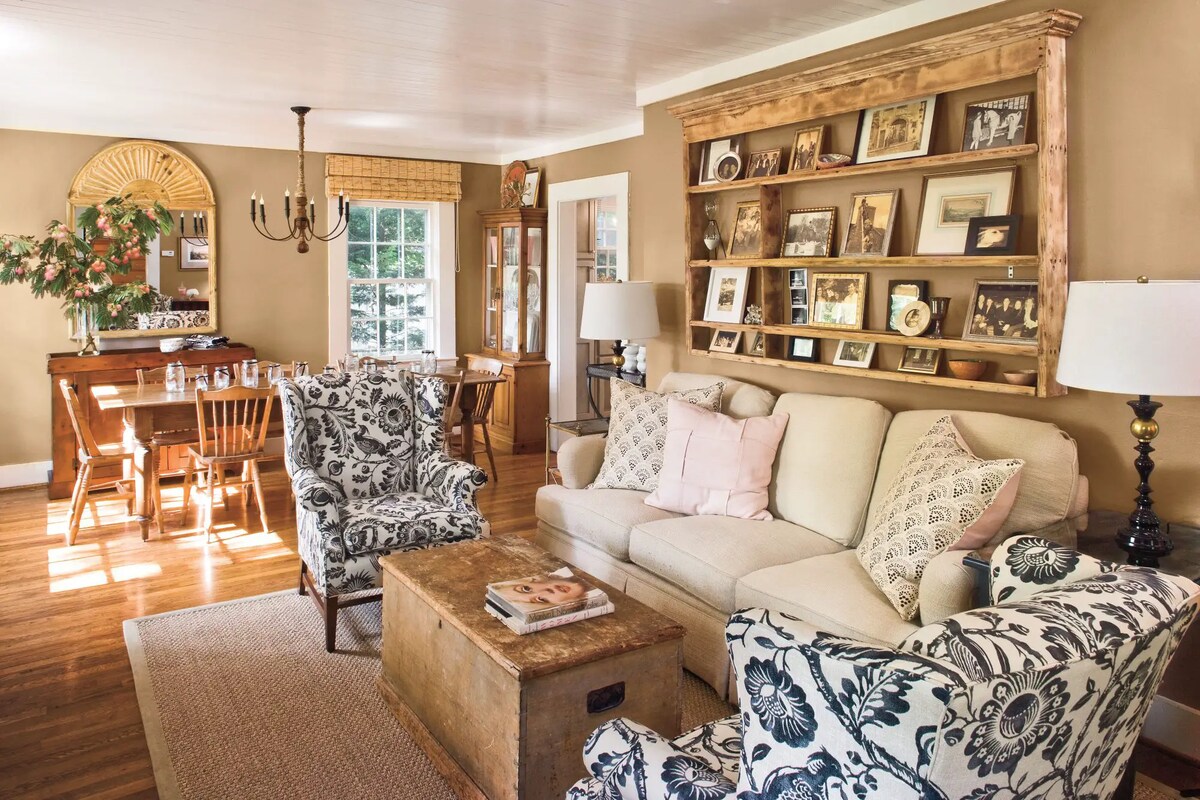

0 thoughts on “What Are The Different Interior Design Styles”